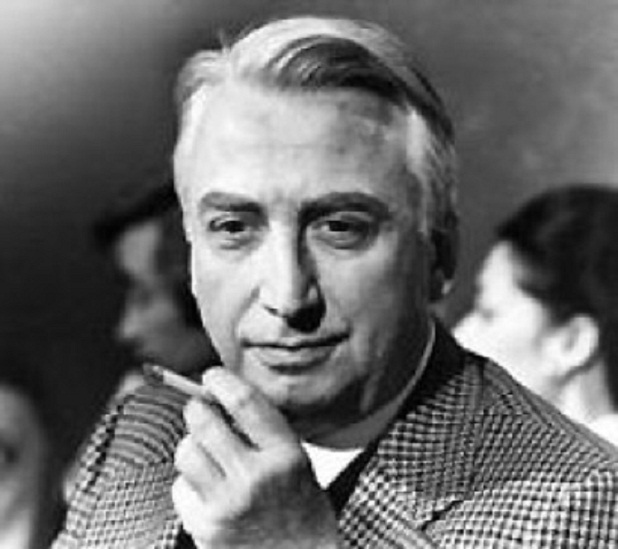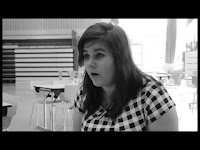 |
| Levi Strauss |
For example:
- Good vs Evil
- Hero vs Villian
- Man vs Woman
- Sociecty vs The individual
- Harry Potter vs Voldemort
- Deadpool vs Francis
- House vs Illness
 |
| Levi Strauss |
 |
| Roland Barthes |
 Along the lines of lighting I also decided to experiment with two glow-sticks on string, a camera on a slow shutter speed and a helpful friend (in this case, Ben).
Along the lines of lighting I also decided to experiment with two glow-sticks on string, a camera on a slow shutter speed and a helpful friend (in this case, Ben).  If we did it again I'd probably try to use different coloured Glow-sticks to see the effect of different colours.
If we did it again I'd probably try to use different coloured Glow-sticks to see the effect of different colours. To begin with the first shot used is a close up onto the Main character. This instantly puts across that she is a key feature in the film and that a lot of the story centres around her. This mirrors the camera shot as her being the most important character in the film and determines the story line.
To begin with the first shot used is a close up onto the Main character. This instantly puts across that she is a key feature in the film and that a lot of the story centres around her. This mirrors the camera shot as her being the most important character in the film and determines the story line. The next set of camera shots are Establishing shots, some at a low angle or ever so slightly tilted. The slight effect of tilted shots gives off a sense of disorientation and combining this with a low angle can make the audience feel extremely uncomfortable which, overall, is what the creator wants. To add to this creepy effect the shots have been darkened which makes the setting appear more mysterious, the something evil is lurking in the darkness.
The next set of camera shots are Establishing shots, some at a low angle or ever so slightly tilted. The slight effect of tilted shots gives off a sense of disorientation and combining this with a low angle can make the audience feel extremely uncomfortable which, overall, is what the creator wants. To add to this creepy effect the shots have been darkened which makes the setting appear more mysterious, the something evil is lurking in the darkness.
 |
| Front-Back: Gemma, Ben and Josie (Me) |

